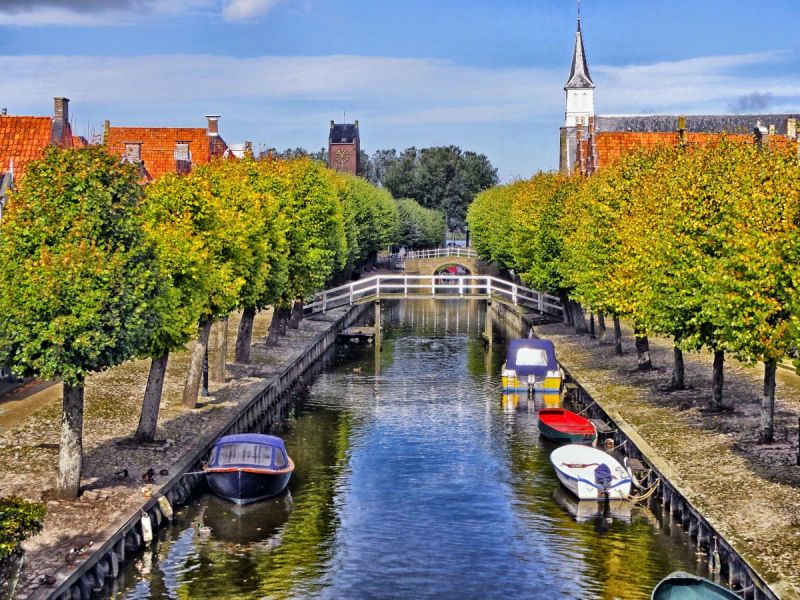20% More Trees in Megacities Would Mean Cleaner Air and Water
Published on by Water Network Research, Official research team of The Water Network in Academic
Planting 20 percent more trees in our megacities would double the benefits of urban forests, like pollution reduction, carbon sequestration and energy reduction, according to a study in Ecological Modelling.
The authors of the study, which was carried out at Parthenope University of Naples in Italy, say city planners, residents and other stakeholders should start looking within cities for natural resources and conserve the nature in our urban areas by planting more trees. Their work has been selected by an international scientific committee to be given the Atlas award.

Representative image, Slothen, Netherlands, Source: PxHere
Nearly 10 percent of the world’s population live in megacities – cities of at least 10 million people. While those people often rely on nature outside of the city for their food and recreation, nature within the city in the form of urban forests can provide enormous benefits.
An urban forest contains the single tree in someone’s back yard, the row of trees along a street or a wooded area in a public park; joining these areas with additional trees extends the size of the urban forest.
Many famous examples of urban forests in the megacities were studied, from Central Park in New York City to St. James’ Park in London and Bosque de Chapultepec in Mexico City. On average, about 20 percent of the area of each of the world’s megacities is urban forest today. But the new study reveals that a further 20 percent could be transformed into forest – something that would change residents’ lives for the better.
“By cultivating the trees within the city, residents and visitors get direct benefits,” explained Theodore Endreny, Ph.D., PH, PE, lead author of the paper and now professor of the Department of Environmental Resources Engineering at the State University of New York ESF campus. “They're getting an immediate cleansing of the air that's around them. They're getting that direct cooling from the tree, and even food and other products. There’s potential to increase the coverage of urban forests in our megacities, and that would make them more sustainable, better places to live.”
In the study, the team used a tool called i-Tree Canopy to estimate the current tree coverage in cities and the potential for more urban forest cover, and worked out the benefits that would bring. They estimated the current tree cover in ten megacities in five continents, looked at the benefits of urban forests – including removing pollution from the air, saving energy and providing food – and approximated the current value of those benefits at over $500 million per year.
Creating a model for each megacity they estimated benefits such as reductions in air pollution, stormwater, building energy and carbon emissions, and assessed how those benefits changed as the tree cover was increased.
The model took into account the local megacity tree cover, human population, air pollution, climate, energy use, and purchasing power. The team was surprised to find that each city has the potential to host a further 20 percent coverage of forest canopy.
Read full article: Elsevier
Media
Taxonomy
- Integrated Urban Water Management
- Urban Water
- Urban Resource Management
- Urban Water Supply
- Urban Water Infrastructure
- Reforestation
- Forest Ecosystems
- Forest Conservation
- Forest Restoration
- Forest